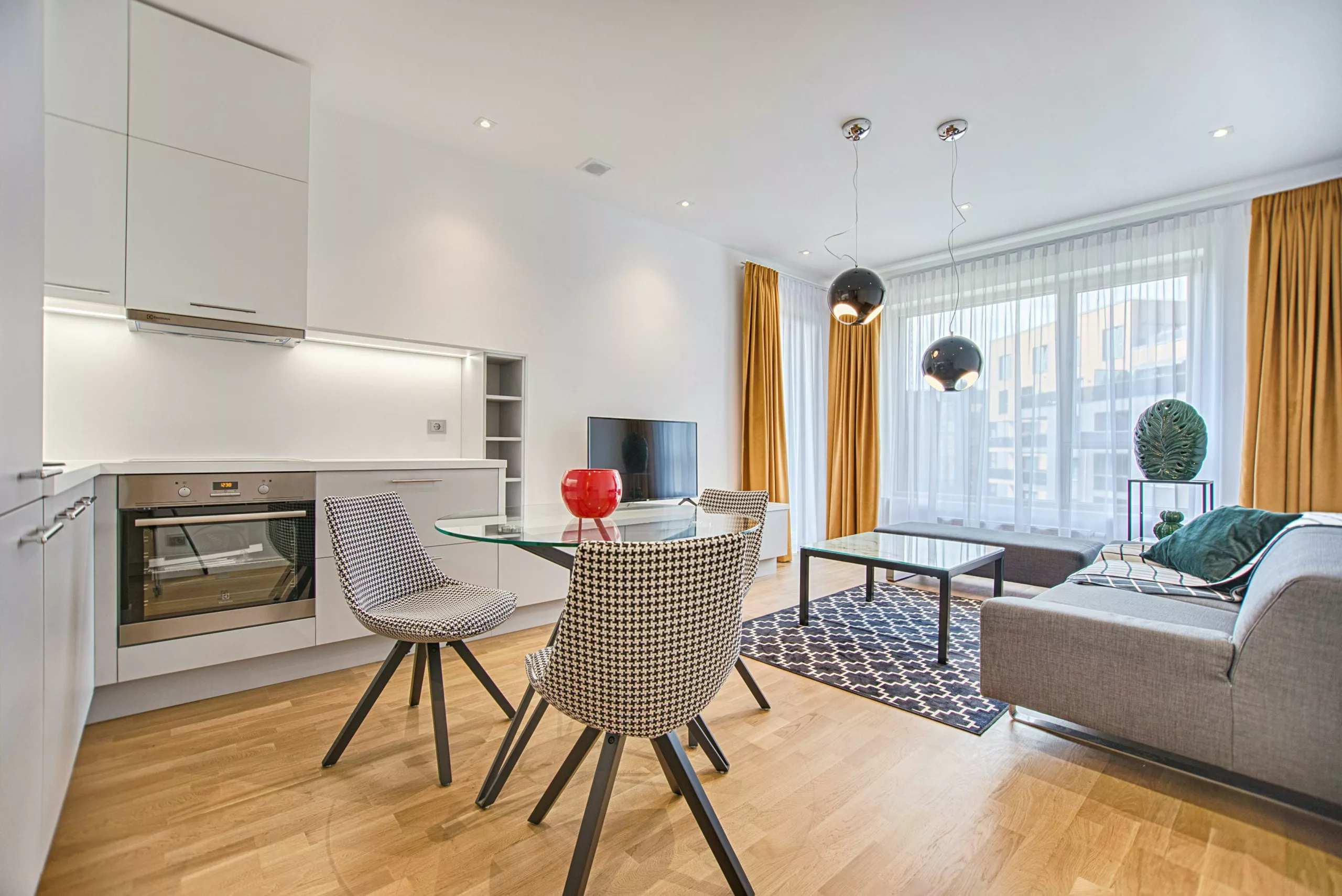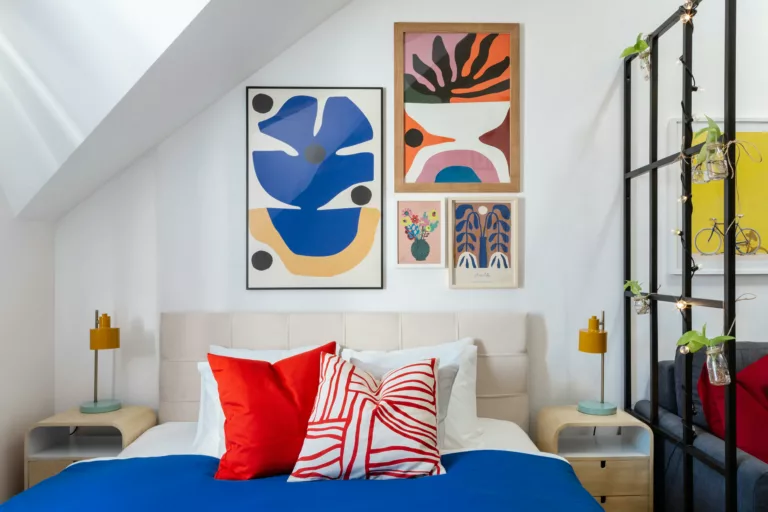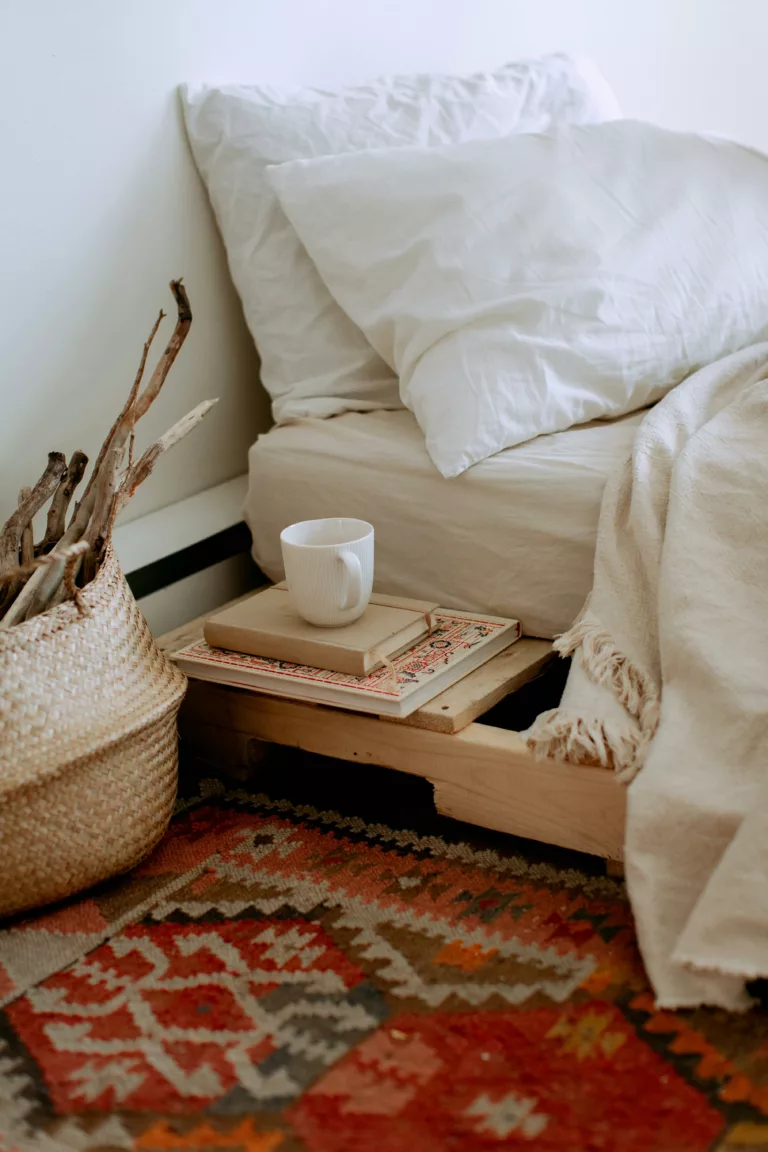Colorful Corners: Creating Vibrant And Practical Kids’ Spaces for room
Designing a kids’ spaces is an exciting opportunity to unleash your creativity and create a space where imagination knows no bounds. Whether you’re decorating a nursery for a newborn or transforming a bedroom for a growing child, there are plenty of kid-friendly ideas to consider. In this article, we’ll explore some inspiring kids’ room ideas to help you create a space that is both functional and fun.
Table of Contents
Creative Kids Room Ideas Sparking Imagination and Fun

A kids’ room is more than just a place to sleep; it’s a sanctuary for play, learning, and creativity. By incorporating elements that cater to your child’s interests and needs, you can design a room that inspires imagination and fosters growth and development.
Creating a Functional and Inspiring Space

A well-designed kids’ room should be both functional and inspiring, providing a safe and comfortable environment where children can play, learn, and relax. By considering factors such as layout, furniture arrangement, and decor, you can create a space that promotes independence, creativity, and self-expression.
Picking the Right Topic
Start by choosing a theme or color scheme that reflects your child’s interests and personality. Whether it’s dinosaurs, princesses, outer space, or a favorite color, incorporating a cohesive theme or color palette sets the tone for the room and creates a sense of harmony and cohesion.
Space-Saving Furniture Solutions

Maximize space in a kids’ room with multifunctional furniture pieces such as bunk beds, loft beds, trundle beds, and storage beds. Look for furniture with built-in storage compartments or drawers to keep toys, clothes, and books organized and easily accessible.
Creative Storage Ideas

Effective storage is essential for keeping a kids’ room neat and organized. Utilize vertical space with wall-mounted shelves, bookcases, and cubbies to store books, toys, and decorative items. Incorporate storage bins, baskets, and bins to corral smaller items and keep them within reach.
Adding Playful Decor and Accessories

Infuse the room with playful decor and accessories that spark imagination and creativity. Hang colorful artwork, wall decals, or murals to create a whimsical atmosphere, and add soft rugs, bean bags, and floor cushions for comfortable and inviting play areas.
Creating Designated Zones for Different Activities
Designate specific zones for different activities such as sleeping, playing, studying, and reading to create a well-organized and functional space. Use area rugs, furniture arrangement, and decor to delineate each zone and create a sense of purpose and order.
Personalizing the Space
Involve your child in the design process and encourage them to personalize their space with their favorite toys, books, and artwork. Display their artwork and crafts on a gallery wall or bulletin board, and incorporate personal mementos and keepsakes that hold special meaning.
Safety Considerations
Ensure that the room is safe and child-friendly by securing furniture to the wall, covering electrical outlets, and using cordless window treatments. Choose non-toxic paints and finishes for furniture and decor, and avoid placing heavy or breakable items within reach of young children.
Lighting Tips for Kids’ Rooms

Create a bright and welcoming atmosphere with adequate lighting that accommodates various activities and moods. Incorporate a mix of overhead lighting, task lighting, and night lights to provide sufficient illumination for play, homework, and bedtime stories.
DIY Projects for Kids’ Room Decor
Get creative and add a personal touch to your child’s room with DIY projects such as handmade artwork, custom shelving, or decorative accents. Involve your child in crafting projects to foster creativity and create lasting memories together.
Budget-Friendly Ideas

Embellishing a children’s room doesn’t need to burn through every last cent.Look for budget-friendly decor items such as thrift store finds, DIY projects, or repurposed furniture to create a stylish and inviting space without overspending.
Transitioning as Kids Grow
As kids grow and their interests change, be prepared to adapt and update the room accordingly. Choose versatile furniture pieces and decor items that can easily transition from one stage to the next, allowing the room to evolve with your child’s needs and preferences.
Conclusion
Designing a kids’ room is a rewarding and creative process that allows you to create a space where your child can thrive and flourish. By incorporating these kids’ room ideas, you can design a room that is not only functional and practical but also fun, inspiring, and uniquely tailored to your child’s personality and interests.
FAQs
1. How can I involve my child in the design process?
Encourage your child to express their preferences and interests by involving them in the design process. Take them shopping for decor items, let them choose their favorite colors and themes, and involve them in DIY projects and crafts to personalize their space.
2. What are some space-saving furniture solutions for a small kids’ room?
Some space-saving furniture solutions for a small kids’ room include bunk beds, loft beds, trundle beds, and storage beds. Look for furniture with built-in storage compartments or drawers to maximize space and keep the room organized.
3. How can I make learning fun in my child’s room?
Make learning fun by incorporating educational elements into your child’s room decor. Hang a world map or a chalkboard wall for geography and art activities, display alphabet and number posters for early literacy and numeracy skills development, and incorporate educational toys and games into the room.
4. What are some budget-friendly decor ideas for a kids’ room?
Some budget-friendly decor ideas for a kids’ room include thrift store finds, DIY projects, and repurposed furniture.Get creative and look for inexpensive ways to add personality and style to the room without overspending.
5. How can I ensure that my child’s room is safe?
Ensure that your child’s room is safe and child-friendly by securing furniture to the wall, covering electrical outlets, and using cordless window treatments. Choose non-toxic paints and finishes for furniture and decor, and avoid placing heavy or breakable items within reach of young children.









One Comment